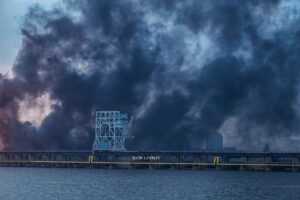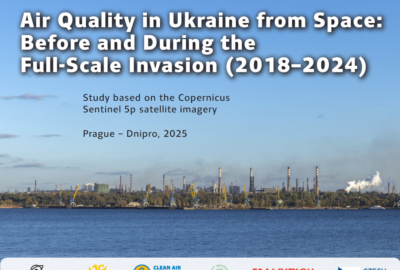Today, on March 22, Russia once again committed an environmental war crime. As a result of missile strikes by the enemy army on the DniproHES in Zaporizhzhia, there was a spill of oil products into the Dnipro River. Due to the attack on the Dnipro Hydroelectric Station, both parts of it stopped generating electricity. The state of DniproHES-2 is critical.
Oil Products in the Dnipro River
The Russian army struck eight times at the Dnipro HES in Zaporizhzhia. After hitting the hydroelectric station, oil products spilled into the river, polluting over 7500 square meters of the Dnipro water area. Specialists from the State Environmental Inspectorate of the Southern District promptly examined the affected areas to assess the environmental damage. Inspectors took water samples for laboratory analysis and also recorded soil contamination resulting from the Russian attack.
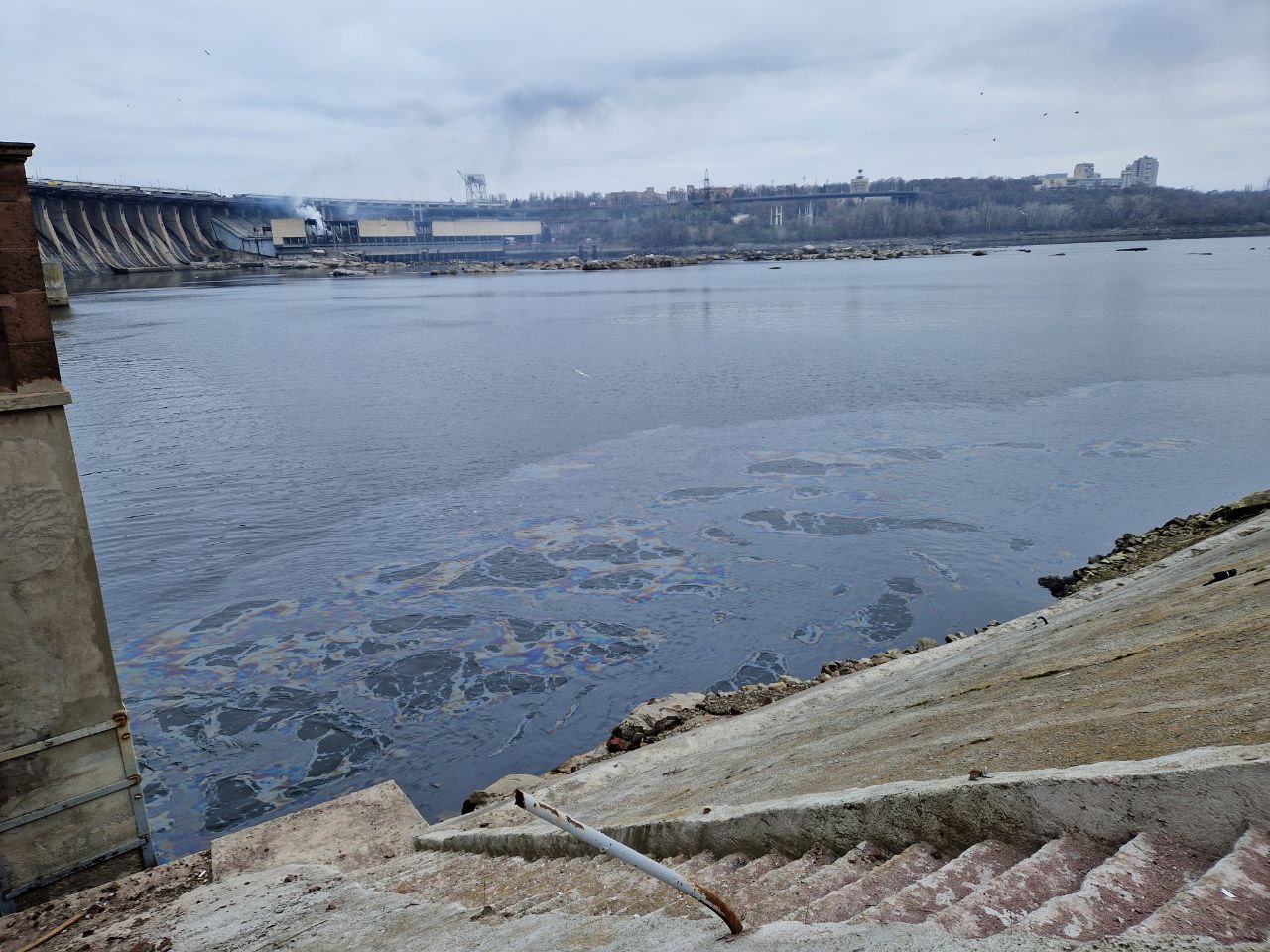 Photo: Telegram/ State Inspectorate of the Southern District
Photo: Telegram/ State Inspectorate of the Southern District
In the city, the area of contamination from debris from the DniproHES amounts to:
– Over 7200 sq.m on Slavutych Street
– Over 300 sq.m on Petra Sagaidachnoho (Borodynska) Street
All collected materials will be handed over to the Operational Headquarters at the State Environmental Inspectorate of Ukraine and law enforcement agencies.
 Photo: Telegram/ State Inspectorate of the Southern District
Photo: Telegram/ State Inspectorate of the Southern District
Oil Products – One of the Most Dangerous Pollutants of Natural Water Bodies
Olexiy Angurets, an expert in ecology and sustainable development from the «Clean Air for Ukraine» program, discusses the toxicity of oil and oil products, as well as the consequences of their entry into water bodies.
Oil and oil products are composed of extremely toxic hydrocarbons that can exist in various migratory forms. According to the expert, in water, oil products can undergo several processes: assimilation by aquatic organisms, sedimentation, emulsification, formation of oil aggregates, oxidation, dissolution, and evaporation.
«When surface water bodies are polluted, oil products spread over the water surface, forming a film from which light fractions gradually evaporate (within a few days, 25% of the oil stain evaporates), while low-molecular components are removed from the stain through dissolution», — says Olexiy Angurets.
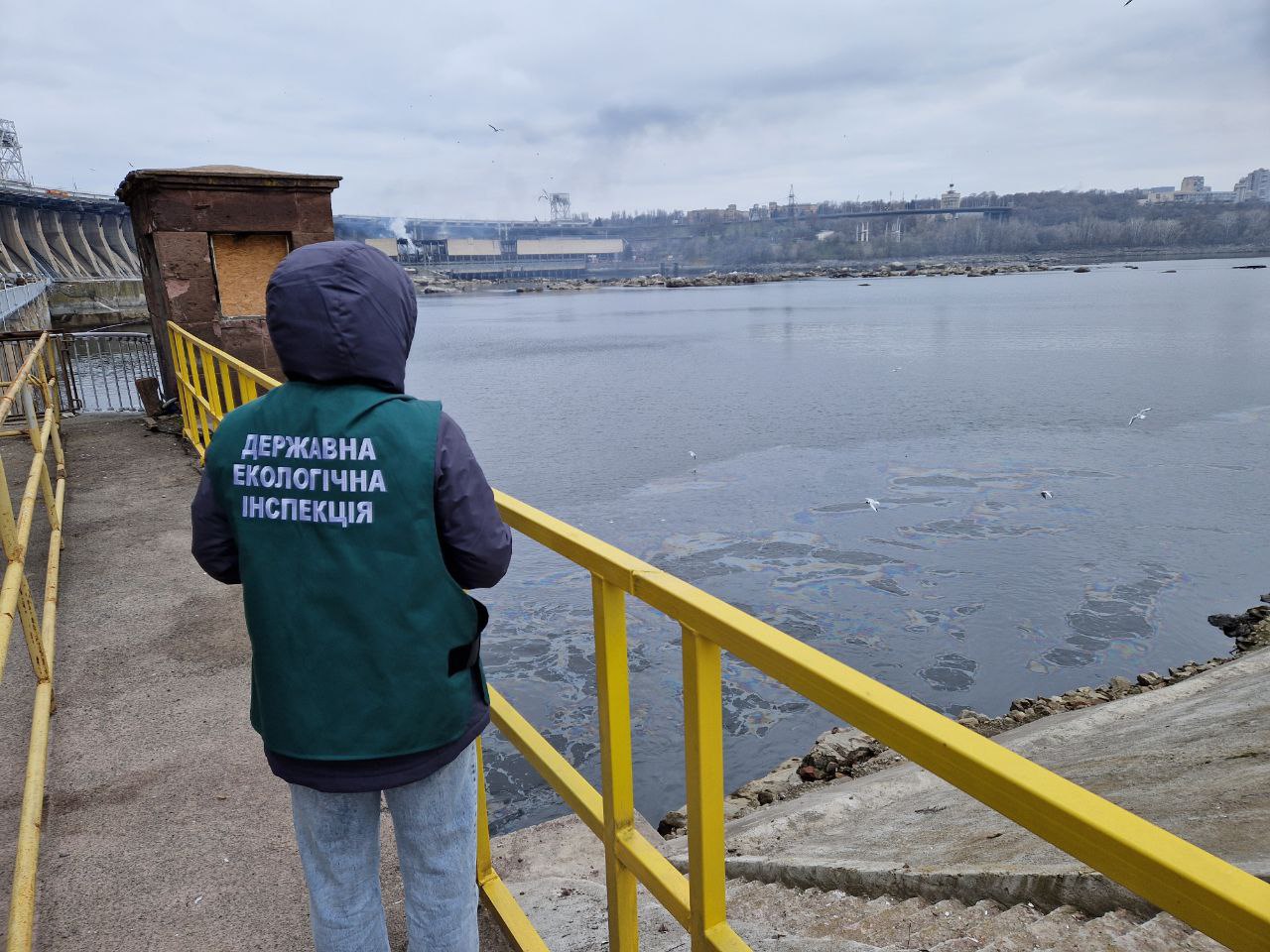 Photo: Telegram/ State Inspectorate of the Southern District
Photo: Telegram/ State Inspectorate of the Southern District
The expert emphasizes another important feature of oil pollution in water bodies – the ability to concentrate other pollutants, such as heavy metals and pesticides, and to create conditions for various chemical reactions as the oil film spreads over a large area.
Alexey notes that the overall impact of oil products on living organisms can be divided into five categories:
- Direct poisoning with lethal outcomes;
- Severe disruptions in physiological activity;
- The effect of direct coating of living organisms with oil products;
- Pathological changes caused by the entry of hydrocarbons into the organism;
- Changes in the biological characteristics of the habitat.
It should be remembered that the deposition of oil products in the silt can later cause secondary pollution. This is confirmed by studies of sediment samples from the Kakhovka Reservoir in the Zaporizhzhia region, conducted jointly by Ukrainian and Czech ecologists.
A Stroll Through Ancient Pesticides and Industrial Waste
Researchers discovered alarming levels of DDT and other toxins at a public beach in Zaporizhzhia. They analyzed seven samples: five from the Dnipro River and two from craters created by Russian S-300 missiles during shelling. Undoubtedly, the worst results were from the area previously covered by water, directly on the central city beach in Zaporizhzhia. This is a place where city residents actively rested in the summer. There, even water sampling revealed, for instance, large sewer pipes. There is a serious suspicion that several local enterprises are illegally connected to the sewer system, making it impossible to know exactly what is flowing and from where.
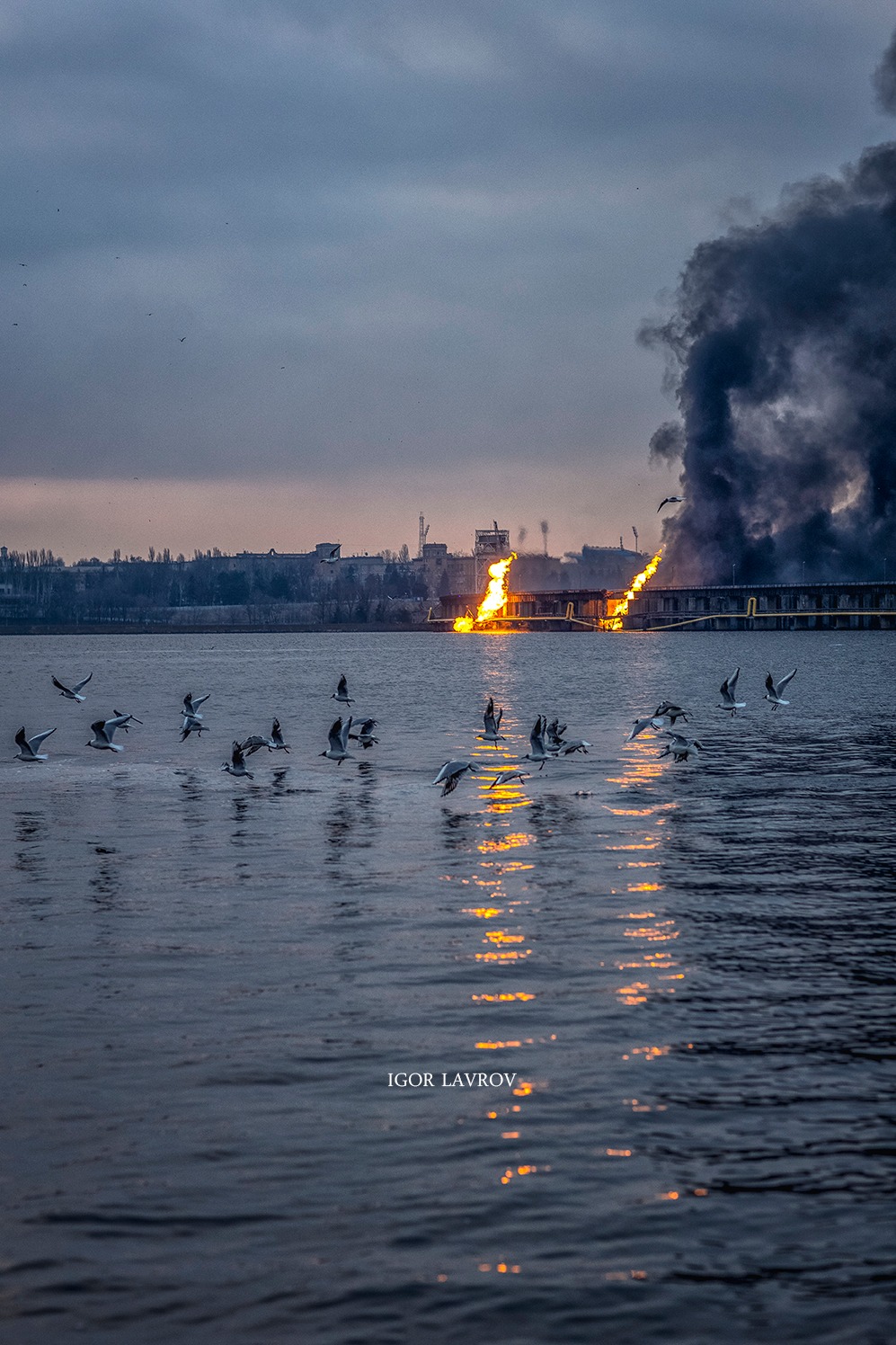 Фото: Facebook/ Igor Lavrov
Фото: Facebook/ Igor Lavrov
Among Other Toxins, Such as Arsenic, Mercury, Chromium
Samples taken at the beach in Zaporizhzhia also showed extreme levels of several other dangerous pollutants. In the case of the carcinogenic and mutagenic benzo[a]pyrene, levels at which the decontamination recommended, (according to the Czech legislation), were exceeded by more than 2300 times. The alleged carcinogen benzo[a]anthracene was found in concentrations more than 500 times above the established threshold. The analysis also revealed significant contamination with mineral oils, typically associated with heavy industry or oil refineries.
Russia’s Environmental Crimes Against Ukraine: Oil Depot Strike and Kakhovka HES Destruction
About three thousand tons of oil products spilled into the ecosystem following a Russian strike on an oil depot in the Nemishlyansky district of Kharkiv on February 9, 2024. Preliminary studies indicated that they did not reach drinking water sources. However, according to the regional State Environmental Inspectorate, oil products spilled into the Nemishlya River and then flowed into the Lopani, Kharkiv, and Udi rivers. Plans were made to decontaminate the water in the Udi River with a sorbent to prevent the oil products from moving further downstream.
 photo: Majda Slamova/The bottom of the Dnipro river after the destruction of Kakhovskaya HPP, Zaporizhzhia/October 2023
photo: Majda Slamova/The bottom of the Dnipro river after the destruction of Kakhovskaya HPP, Zaporizhzhia/October 2023
The destruction of the Kakhovka HES is the most significant man-made disaster in Ukraine since the Chernobyl tragedy and another Russian war crime. We discussed all stages of the consequences of the dam’s destruction and the most critical areas requiring further study, analysis, and expert discussion in June last year.
For more details, read the article: [Kakhovka Disaster: Stages of Impact].
According to Alexey Angurets, an expert in ecology and sustainable development from the “Clean Air for Ukraine” program, today’s strike on another Ukrainian dam continues the tactic of creating large-scale environmental disasters in Ukraine:
«The intent to destroy the DniproHES and its essential dam means that Russia has not received a proper response from the world for its previous crimes against people and the environment. We still cannot fully assess the consequences for the Dnipro River and its basin following the destruction of the Kakhovka dam. Clearly, the threat of damage or destruction of the DniproHES dam will create even greater problems for the Dnipro, its basin, and coastal ecosystems. The oil spill resulting from this morning’s missile strike directly harms the river downstream».
 The drained Kakhov reservoir after the destruction of the HPP, October 2023
The drained Kakhov reservoir after the destruction of the HPP, October 2023
Russians Are Already Responsible for 4,000 Environmental Crimes in Ukraine Amounting to Over 2.4 Trillion Hryvnias.




